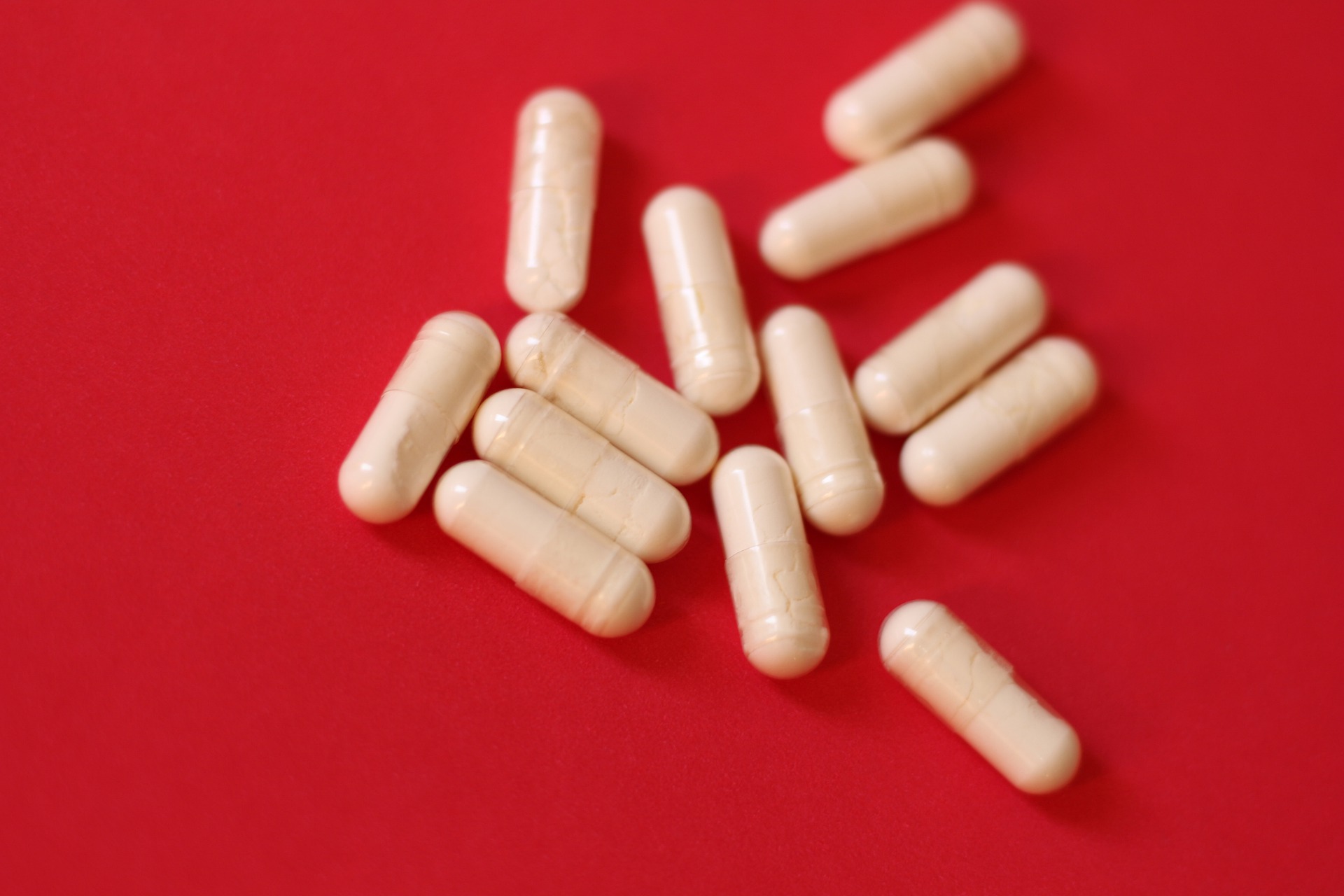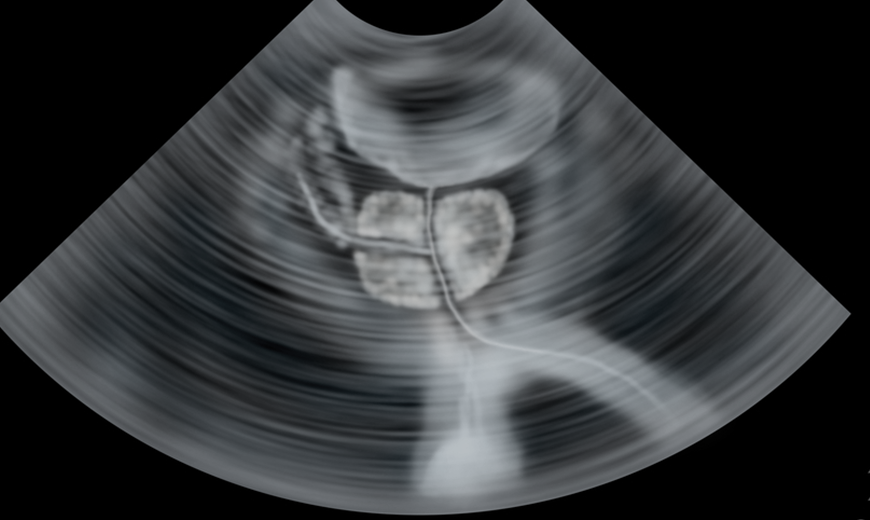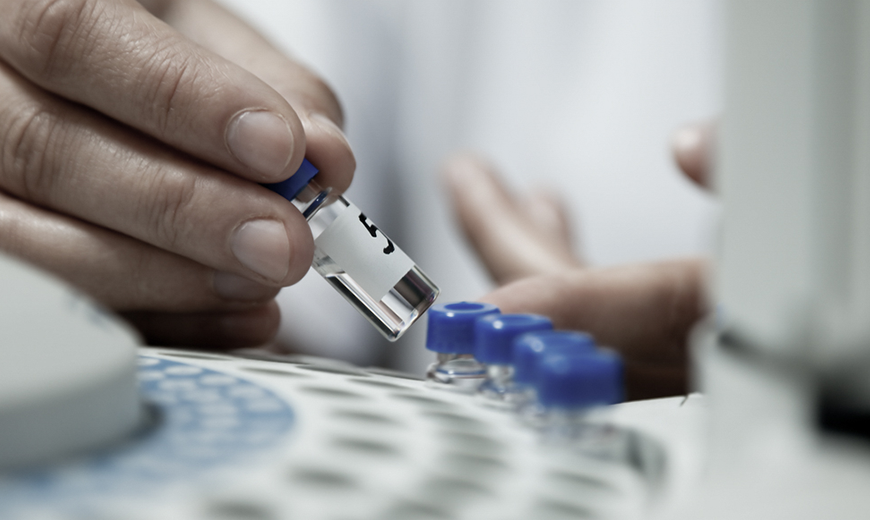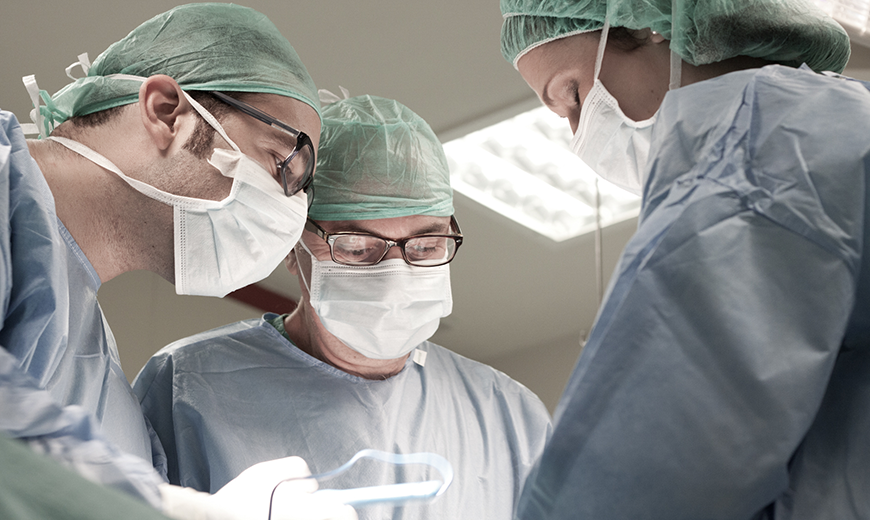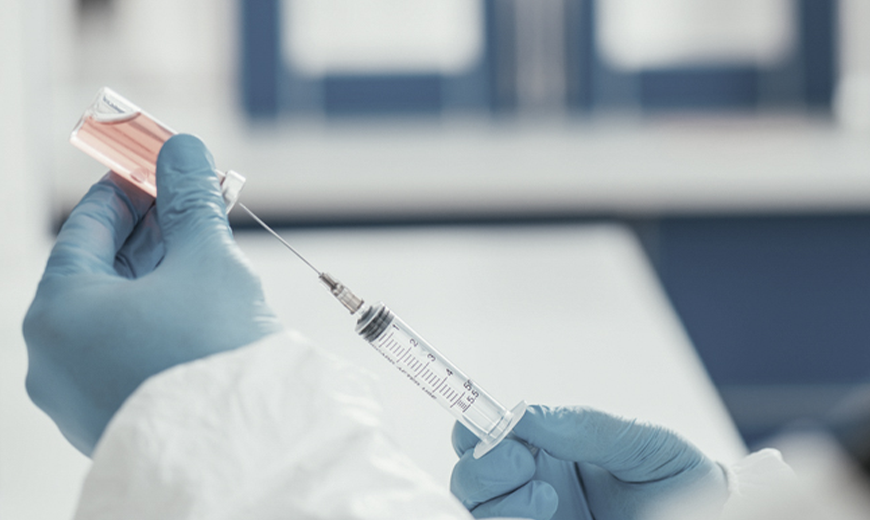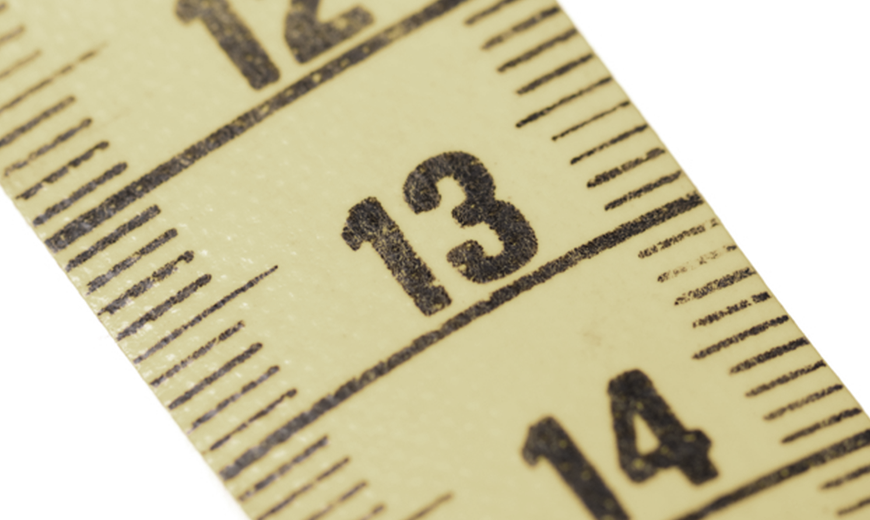
Radio program Herrera en la Onda: How is sex with penile prosthesis.
In past programs we have been talking about treatments of erectile dysfunction with oral, injectable and intraurethral drugs. For when all this fails the resource are the penile prosthesis.
Due to the incontinence program we also mentioned penile prosthesis and many men have contacted us through the web to request information about penile prosthesis, stating that this program aroused their interest, but, having talked about them along with the treatment of incontinence, they were left with many doubts.
The development of penile prostheses for surgical implantation in the corpus cavernosum has optimal results.
Looking for prices and information?
Use our virtual assistant and receive in your email everything related to the treatments that interest you. Budgets, recovery times, hospitalization, financing possibilities month by month, etc.
In just a few minutes and without any commitment.
En cumplimiento del Reglamento General de Protección de Datos le informamos que los datos por Vd. proporcionados serán objeto de tratamiento por parte de Andromedi con la finalidad de prestarle el servicio solicitado y/o contratado. Los datos no se cederán a terceros salvo en los casos en que exista una obligación legal. Para más información puede consultarla pinchando aquí.
History of penile prostheses
Archaeology offers us indications that this type of therapy has been practiced for millennia. Perhaps one of the most striking examples is the discovery of gold prostheses used by the pharaohs of ancient Egypt. These devices allowed the execution of the “coitus” although with the logical absence of sensibility.
Later, in his treatise De la generation de l’homme (1573) the Renaissance physician Ambroise Paré suggests the use of an artificial penis made from a wooden tube in order to control urination in cases of traumatic amputation of the penis.
However, the first experiences of surgical implantation of prostheses took place in 1936, when Nicolai A. Bogoras implanted the costal cartilage of a patient who had suffered a traumatic amputation of his penis. Thus, the Russian surgeon was inspired by the penile structure of certain animals to provide a solution to erectile dysfunction with organic etiology.
In 1950 Godwin, with the help of a dentist friend, designed a type of acrylic prosthesis to be implanted in the penis. Some patients had successful intercourse. However, the device was too hard and did not give satisfactory results.
In 1960 Behari in Cairo begins to implant a pair of polyethylene prostheses inside the corpora cavernosa. In 1966, he published that he had already performed over 700 implants. Although they never became satisfactory apparently because of the rigidity of the device.
We can consider Small, Carrion and Gordon as the pioneers in the generalization of the use of penile prosthesis of intracavernosa implantation, with the works that they carried out at the beginning of the 70’s of the XX century in Miami, United States.
This revolutionary approach had its follow up with Scott, Bradley and Timm, who carried out in Houston, Texas, the first experiences with hydraulic prostheses, badly named inflatable, in March 1973.
- VIDEO: Everything about penile prostheses: types, durability, results, surgery and post-operative
Types of Prosthesis
Currently, there are several types of prosthesis adapted to the specific needs of the patient. The two basic options available today include non-hydraulic or malleable prostheses and hydraulic prostheses. The latter are the most widespread in the field of urology, at least in our environment, with a high rate of satisfaction among those implanted.
Hydraulic prostheses are the most technologically complex. They are divided into three subcategories according to the number of bodies or components that make it up:
- 1.- Prosthesis of one component, surpassed by other models
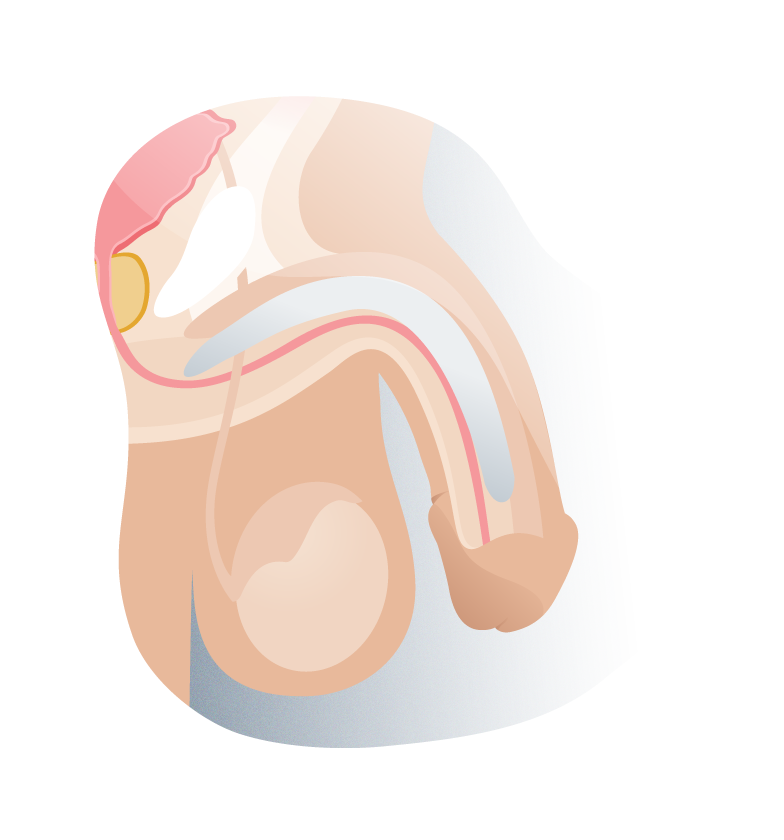
Malleable Down Type Penile Prosthesis
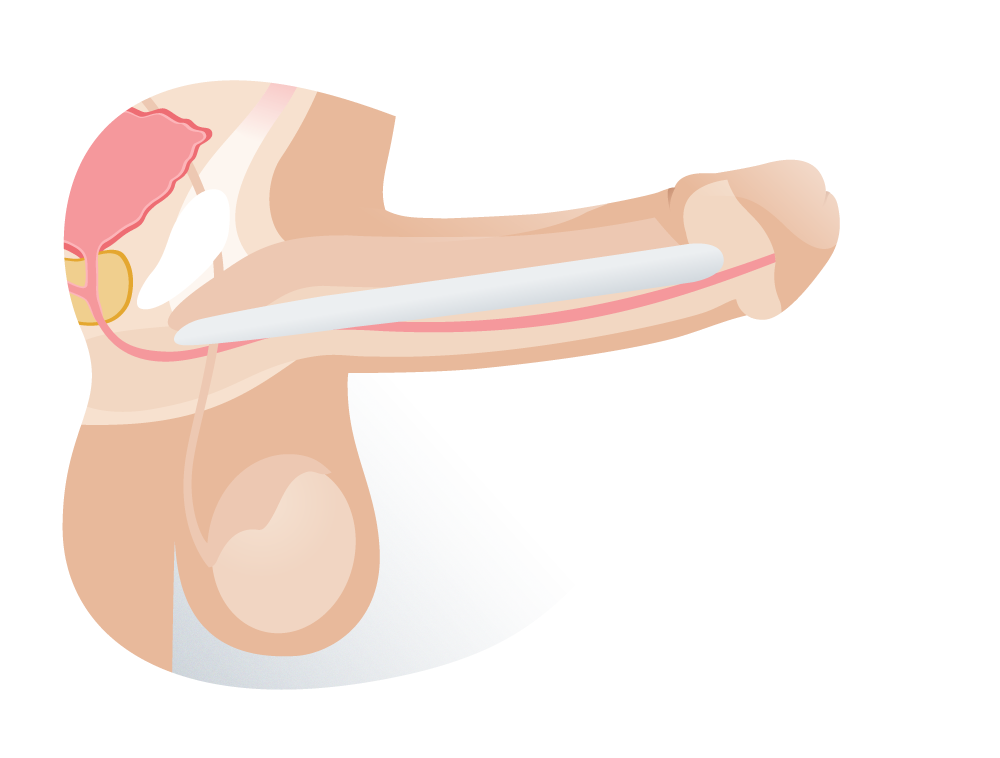
Forward Malleable Penis Prosthesis
- 2.- Two-component prosthesis
They are a way of reducing the complexity of hydraulic prostheses and thereby minimizing their mechanical failures.
This prosthesis is understood to be useful for patients with limited dexterity, surgical limitations to
- 3.- Three-component prosthesis
This variation has intracavernous implantation cylinders, a reservoir-ball of liquid implanted in the retropubic or paravesical zone and a pumping device located inside the scrotum.
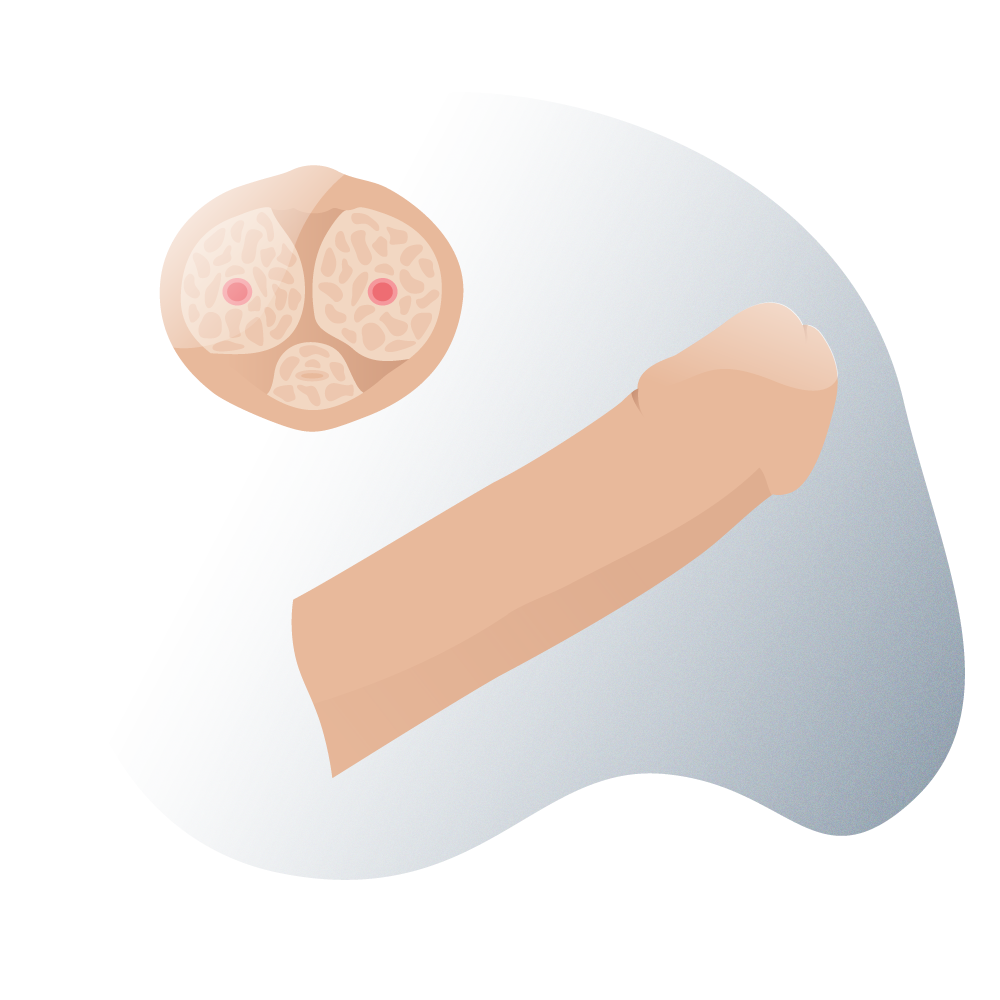
Penile cavernous replacement implant 01
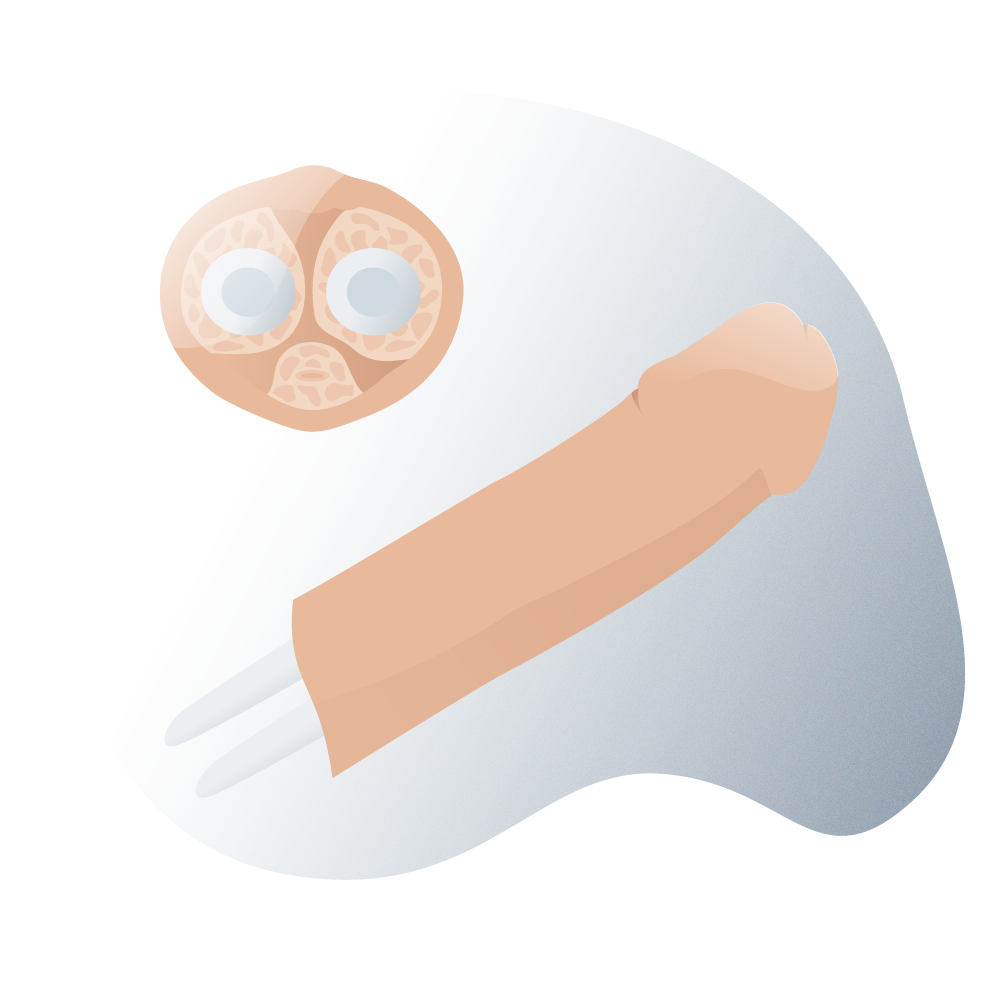
Penile cavernous replacement implant 02
Each of the parts is connected to the others by means of connecting tubes that allow the flow of the liquid, usually a sterile saline solution.
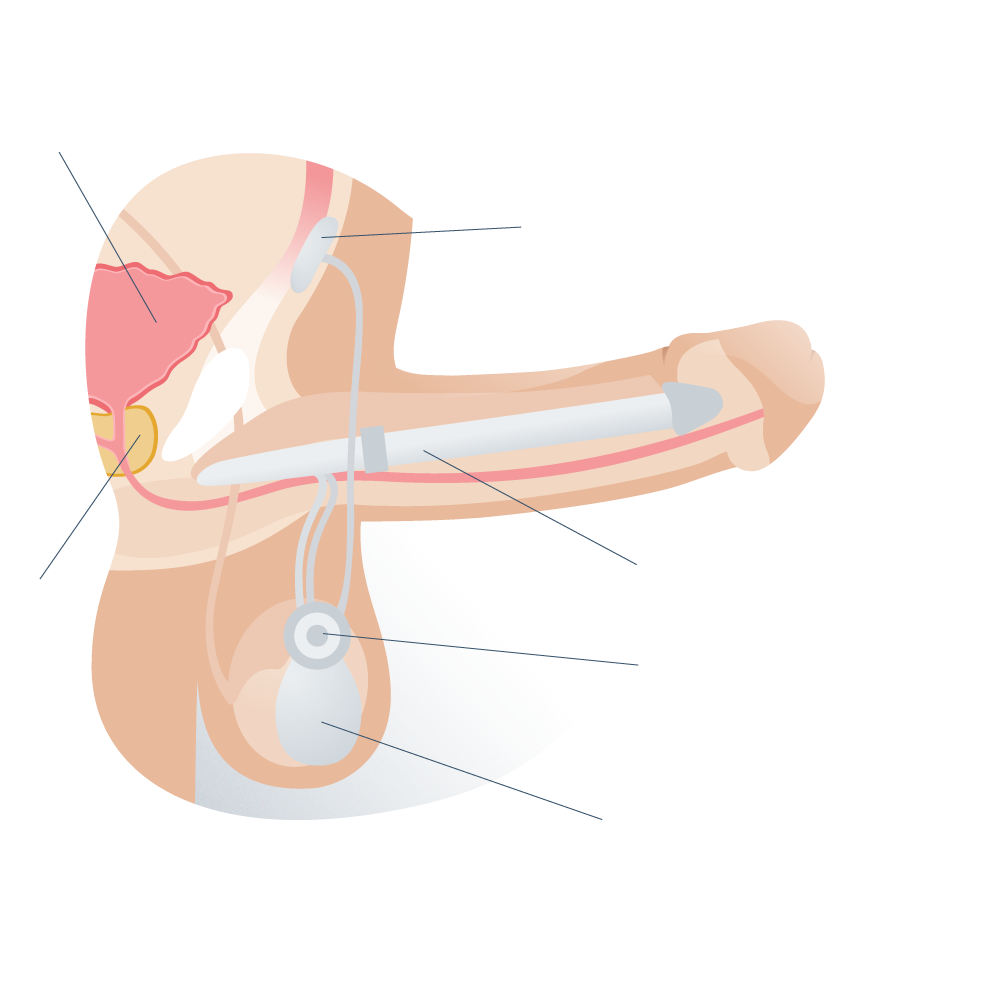
Active lateral hydraulic penis prosthesis 01
This is the oldest technology of intracavernous implantation and has known numerous models that have perfected the original prosthesis conceived by Scott in 1973. inguinal or prevesical level, and so on.
For more information on technical questions about penile prostheses visit our website www.protesisdepene.es specifically designed to answer all your questions:
- Brands, models, prices
- Types of penile prostheses
- Sex life
- Frequent questions about treatment
- Obtained results
- Related videos and audios
- Possibility to ask your questions
- and much more information
Problems and complications
One of the problems associated with implanting a prosthesis is infection and the consequent need to remove the device. This problem has been minimized in the latest versions of AMS and Coloplast prostheses. The former use the Inhibizone impregnation system, with which the prostheses marketed include an antibiotic bath. In the case of Coloplast, it has chosen to introduce a hydrophilic material that allows the prosthesis to be bathed in a physiological solution with the antibiotic chosen by the surgeon.
This, together with a decalogue of preoperative, intraoperative and postoperative measures, has reduced infections to less than 1%.
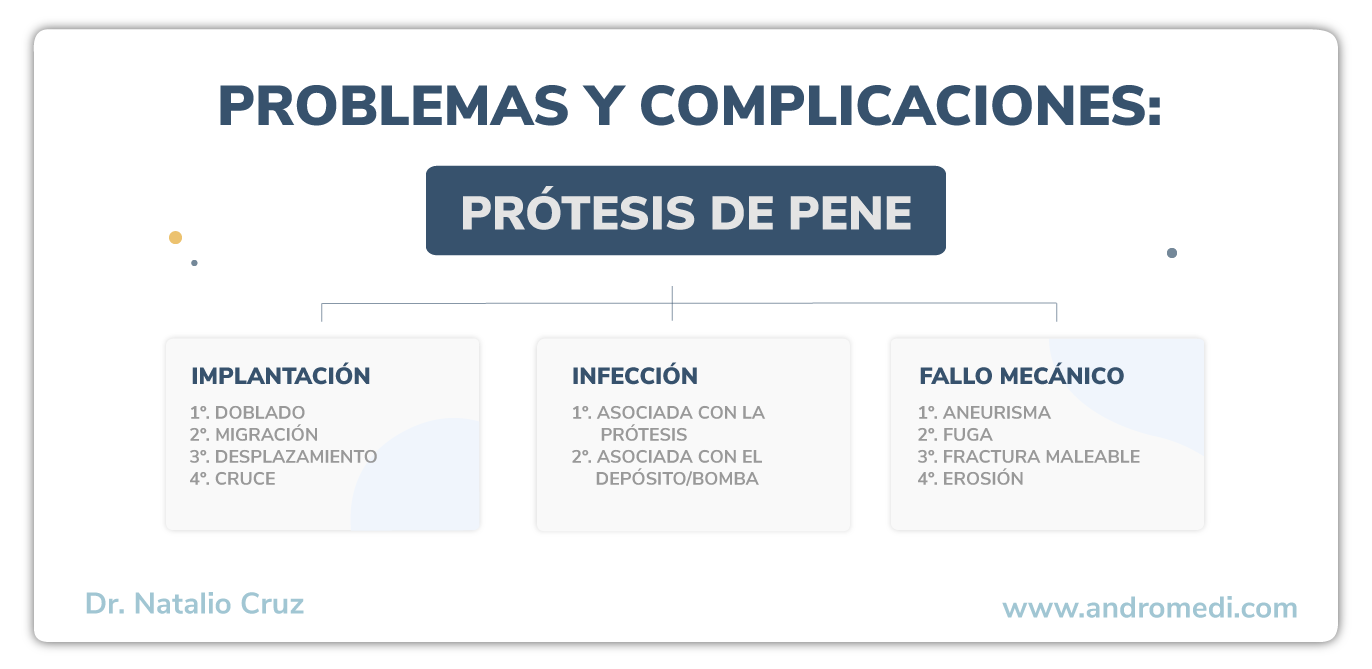
There is no such thing as a PROSTHESIS REJECTION.
Repeated infections may appear that are perfectly treatable with the necessary experience and knowledge.
Advantages and Disadvantages
The comparison of the prosthesis must be made from two points of view, first, the comfort of the patient, and second, the effectiveness of the implant. It is very important to take into account the anatomical dimensions of the penis in terms of thickness and length, and also to assess the type of pathology that leads to the decision to implant a prosthesis. Finally, we will assess the patient’s skill in handling the device.
Malleable prostheses.
- Description: Built in silicone, they usually have inside a metallic braid of an alloy of silver and copper.
- Advantages: They allow the penis to be bent almost at an angle of about 70 degrees, making the rigidity of the penis more concealable.
- Disadvantages: It can be uncomfortable.
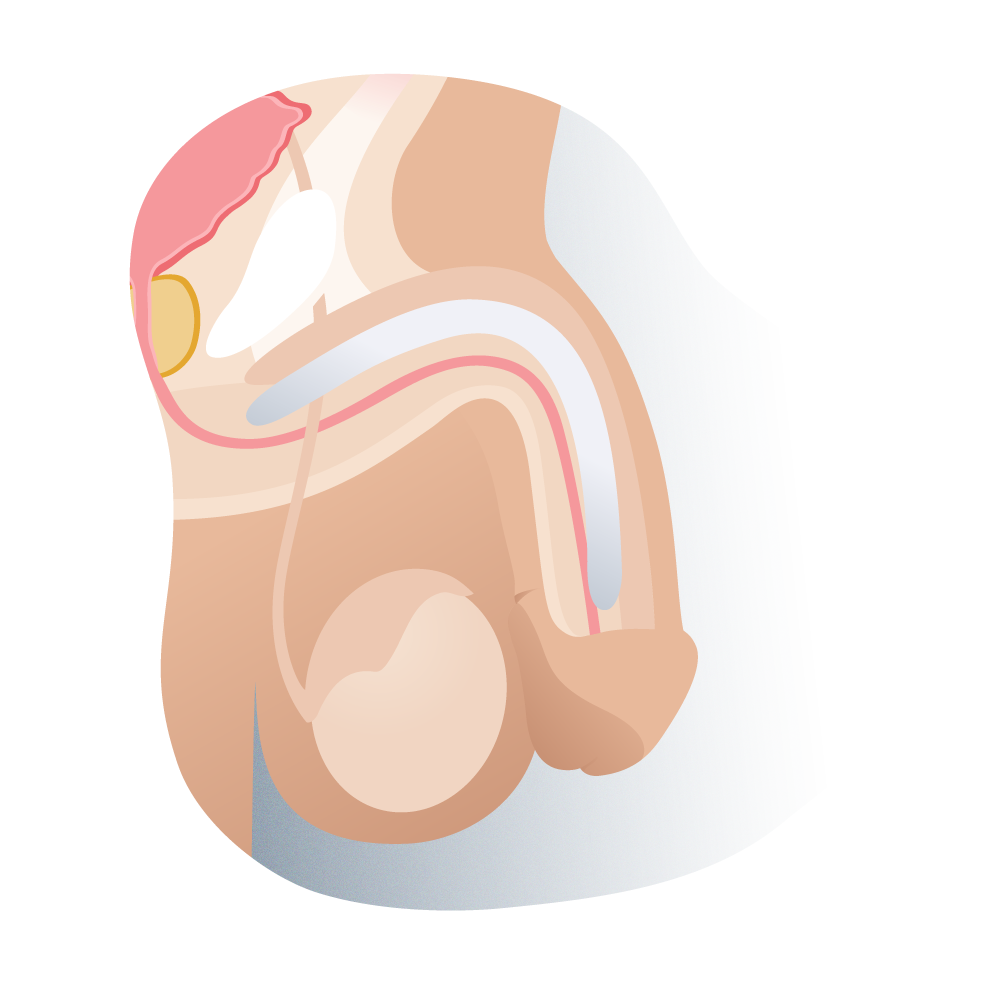
How to camouflage a malleable prosthesis
Hydraulic prostheses.
Two and three bodies. These are currently the most indicated for their functionality as they achieve optimal rigidity and physiological flaccidity.
They exist in different measures, of length 12, 14, 16, 18, 20, 22 and 24 cm., and the possibility of placing extenders from 0.5 to 3 cm. in order to implant the most appropriate prosthesis to the anatomy of the penis.
In the year 2000, a very small prosthesis appeared for exceptional cases due to a significant reduction in the thickness and length of the penis, either secondary to some pathology, or due to a traumatic or congenital lesion. It allows implantation in small penises.
Currently they have evolved in their system of achieving flaccidity, implanting a new technology consisting of a small device that allows emptying the prosthesis by pressing it for two seconds (in a single touch).
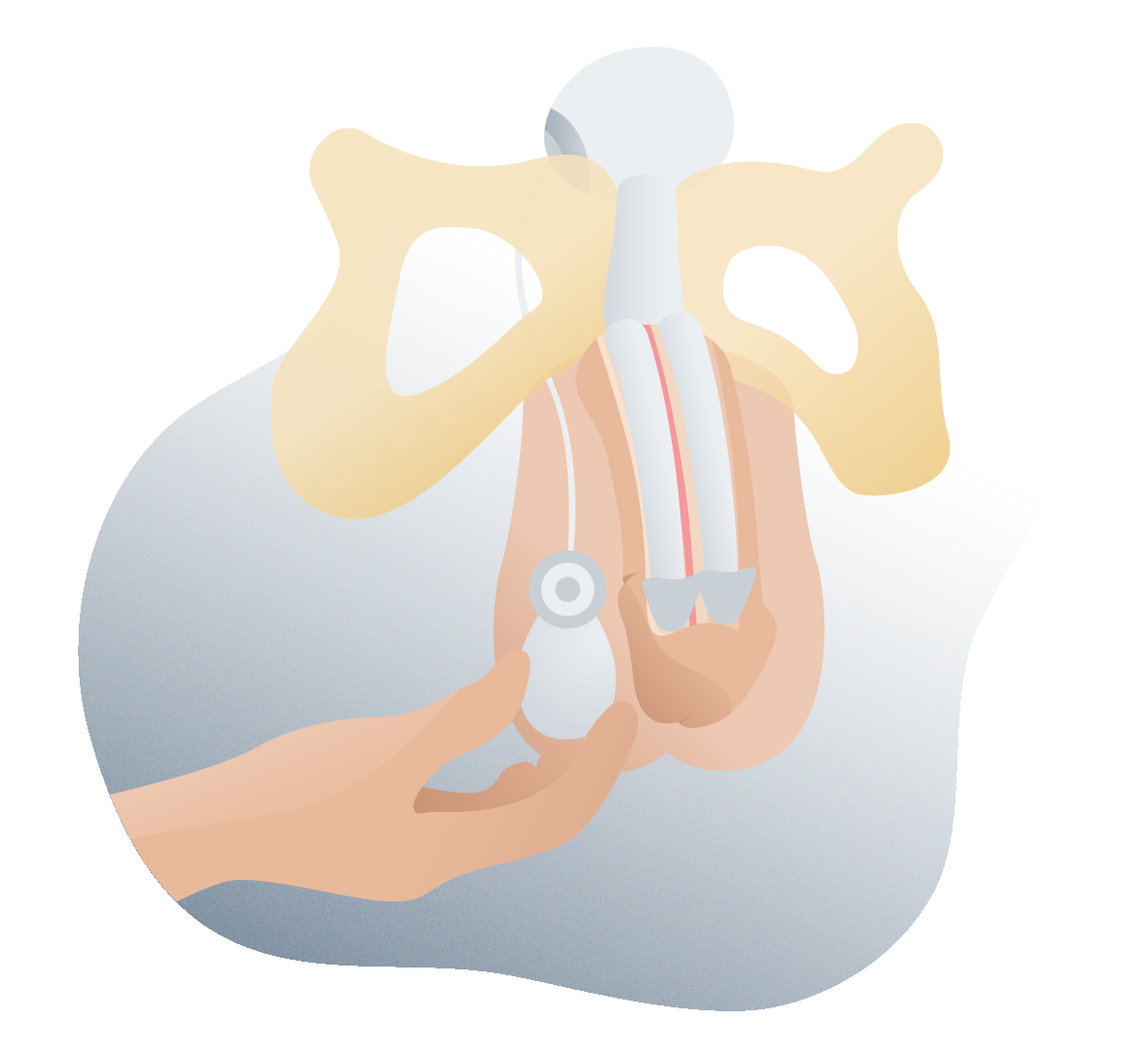
How to inflate a hydraulic implant
6 facts about penile prosthesis.
- Does not affect orgasm or pleasure
- Does not negatively affect desire
- It does not affect the body aesthetics, they are completely internal.
- They are not so expensive.
- They have the highest satisfaction index.
- It is necessary to introduce the couple to the new format of sexual relations, it is not the ideal thing to maintain it in secret.
Penile prostheses are an option for surgical treatment of erectile dysfunction once psychotherapy or pharmacological treatments have been ruled out (from hormones to vasodilators such as sildenafil, tadalafil or vardenafil, via intracavernous injections).
First of all, at Andromedi we like to emphasize that the use of a penile prosthesis does NOT affect aspects such as sexual desire, ejaculation or orgasm.
BLOG ANDROMEDI
Other articles that may interest you

Testosterone: Essential hormone for success?
5 April 2024
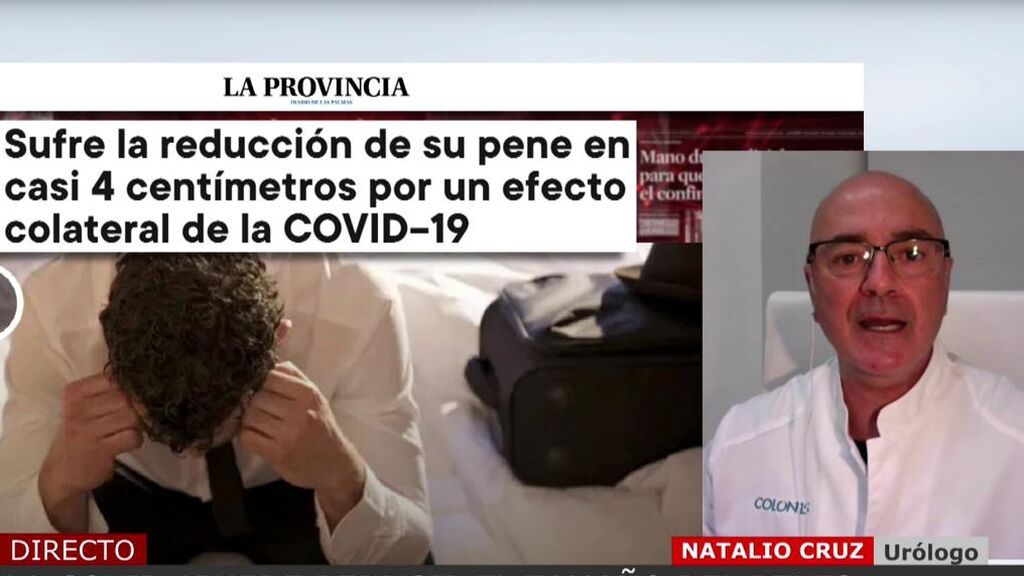
Could Covid-19 decrease penis size?
5 April 2024
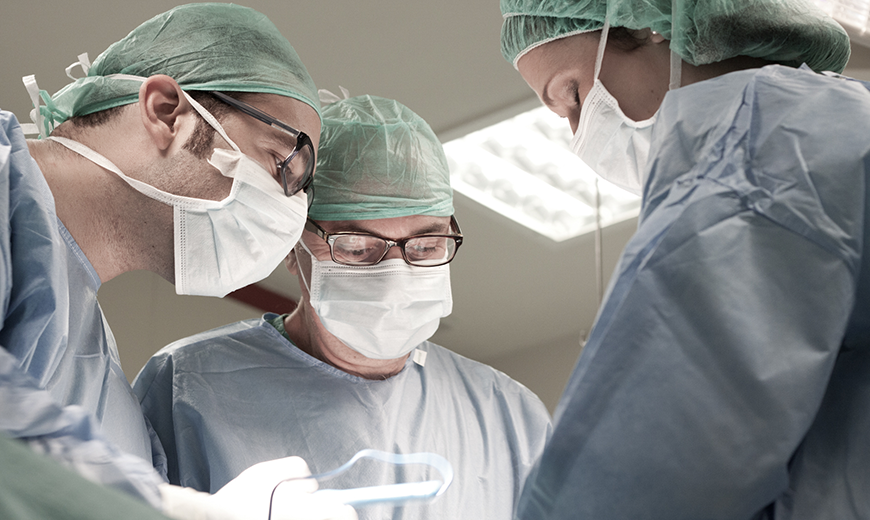
Laparoscopic surgery for prostate
26 September 2023
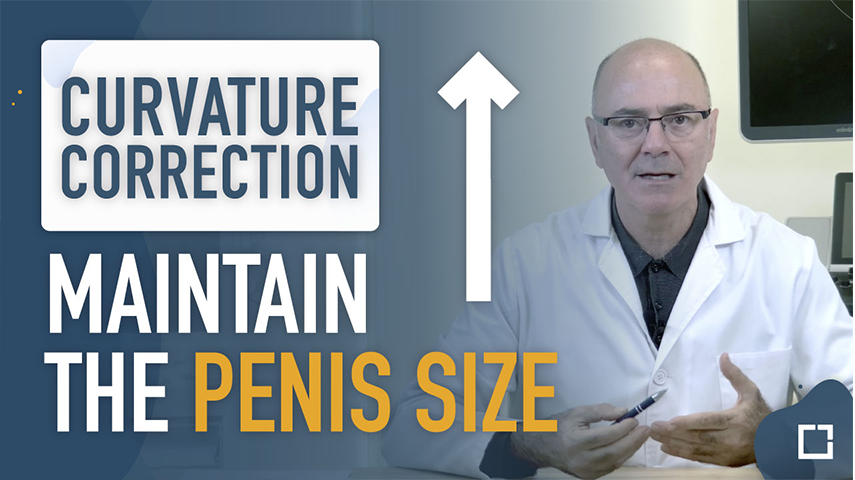
Cavernous body rotation technique
5 April 2024
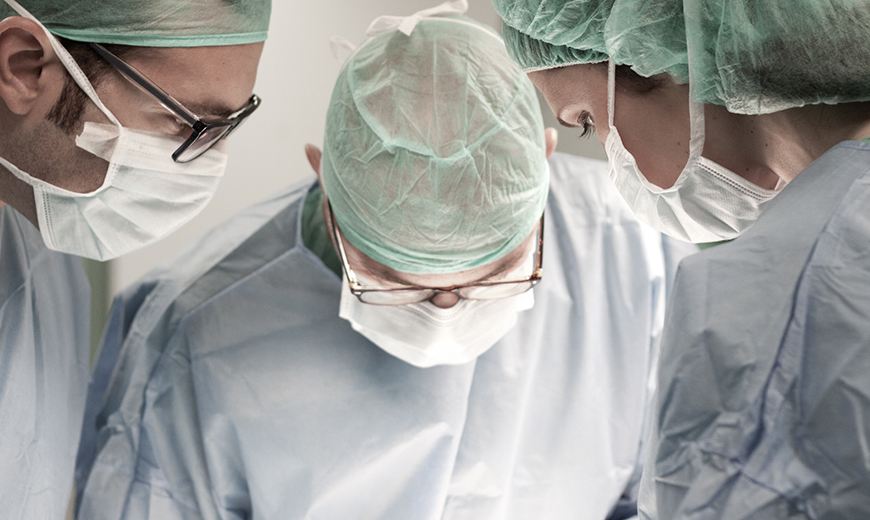
Laser prostate surgery
22 November 2021
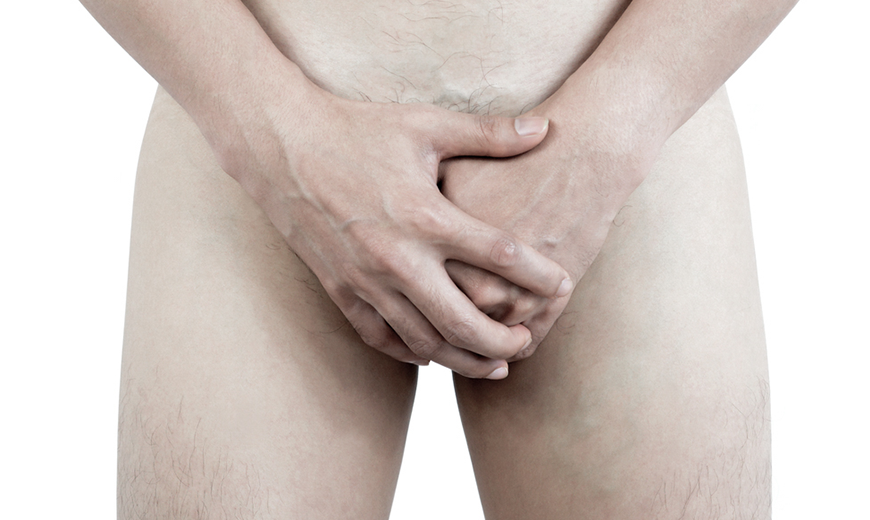
Priapism: definition, causes and treatment
5 April 2024

To whom, how and where can i buy caverject? All about injectable aprostadil work. A solution to erectile dysfunction.
5 April 2024

What is it and how does penile prosthesis or implant work. A solution to erectile dysfunction.
5 April 2024
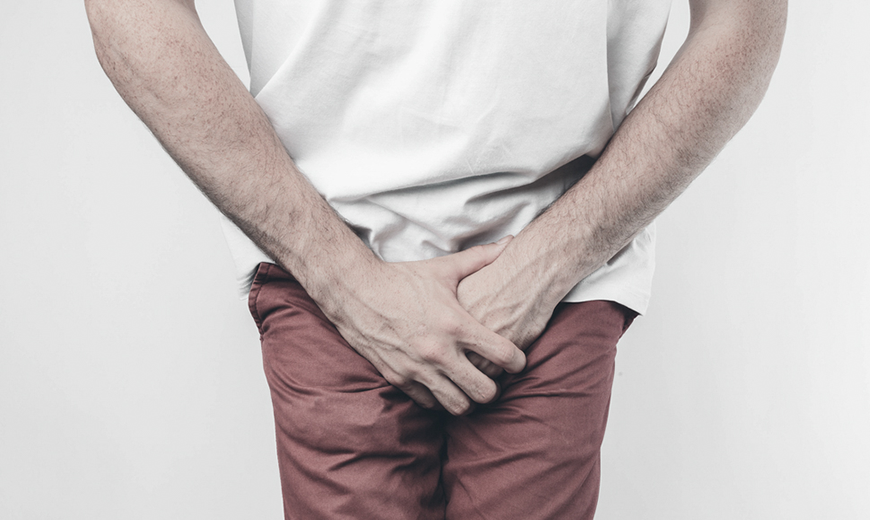
Why are jelquing exercises or penis enlargement massages so dangerous (and why they don’t work)?
5 April 2024
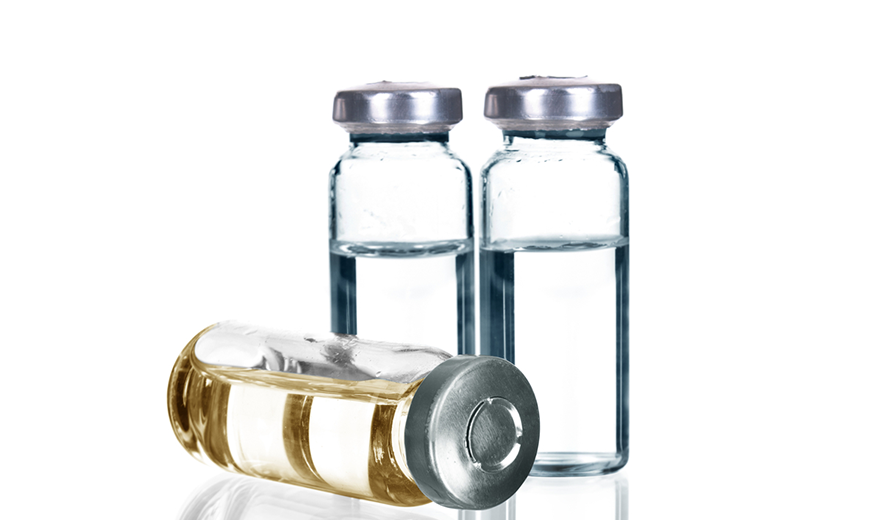
Xiaflex: the first non-surgical treatment for acquired peyronie’s disease or curved penis
5 April 2024
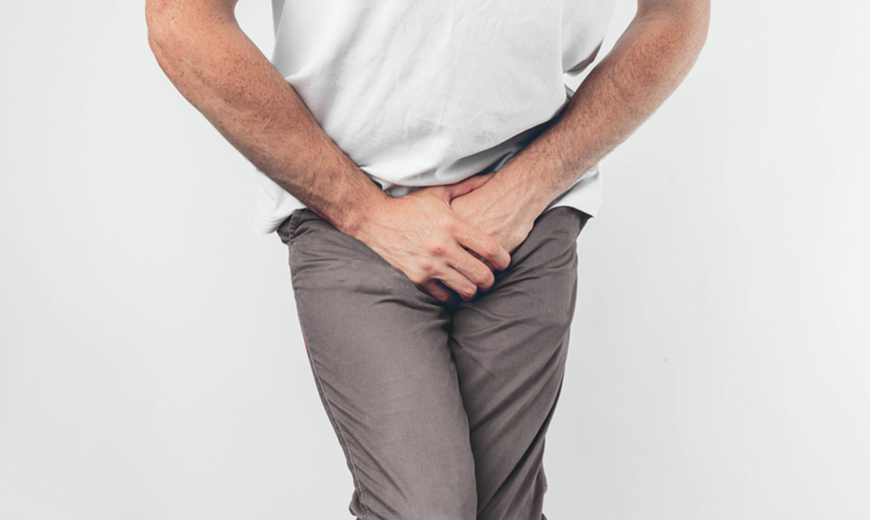
Impotence, incontinence and other problems after prostate surgery
22 November 2021
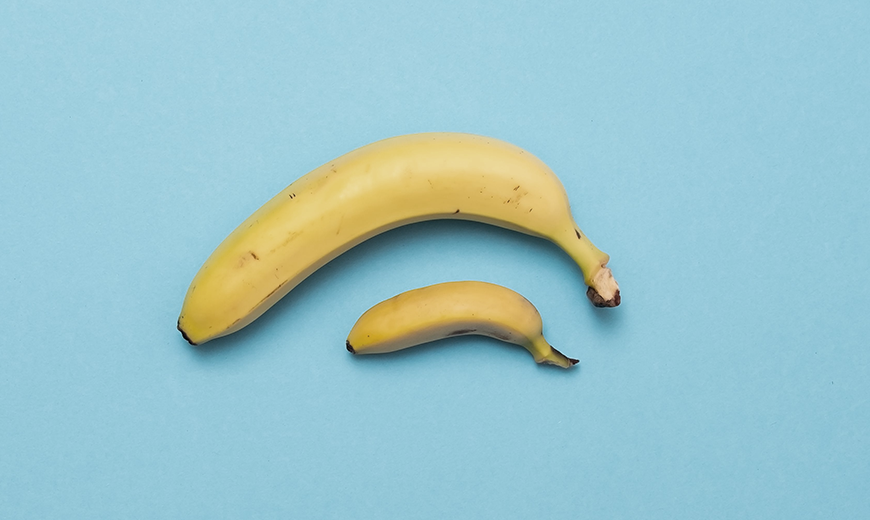
Getting a thicker penis: is thickening surgery safe?
5 April 2024
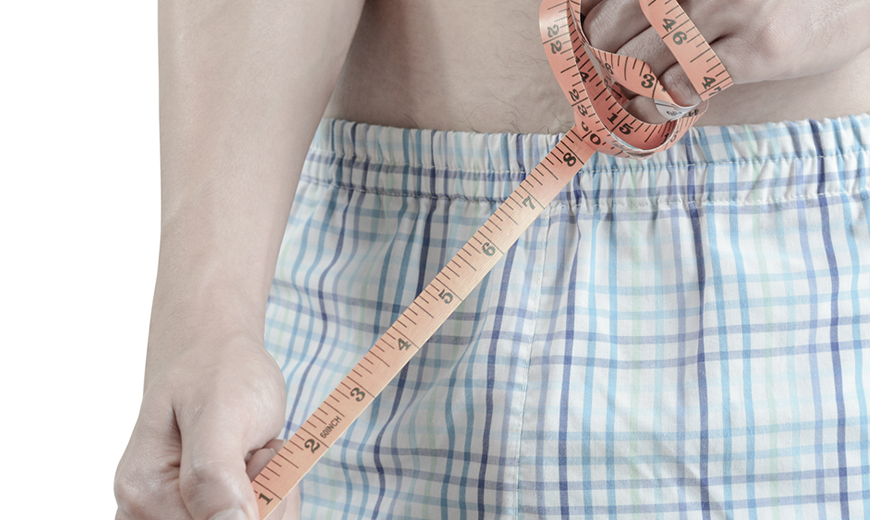
“Operating for phimosis does not increase the size of the penis” – One of the most repeated myths
5 April 2024
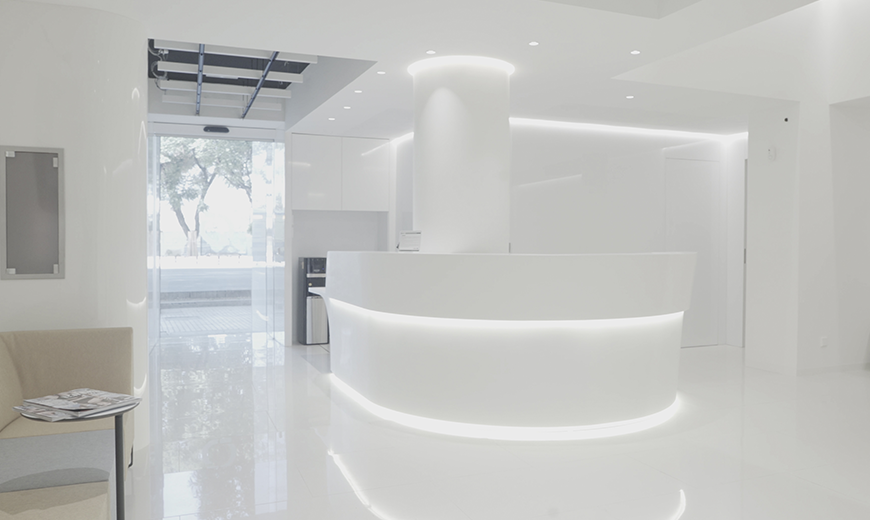
Andromedi opens a new Clinic in the Canary Islands
5 April 2024

Why do men wake up with an erection in the morning?
5 April 2024
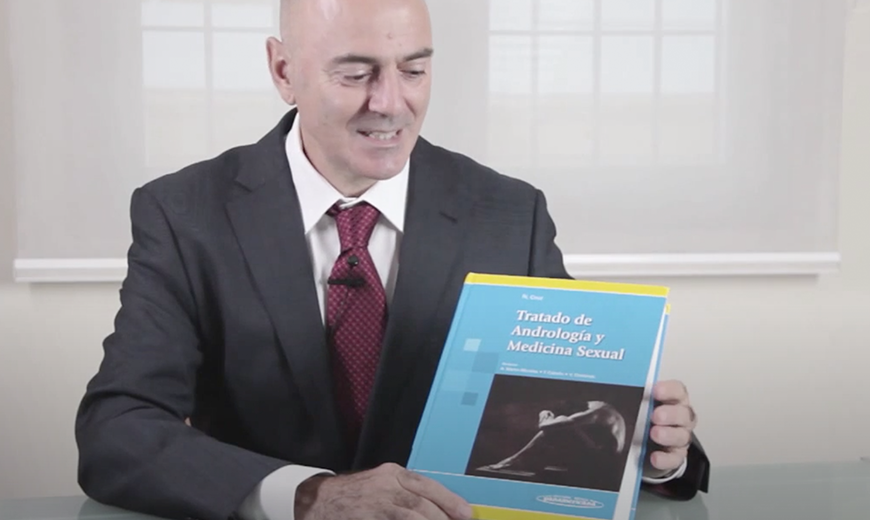
Andrology Textbook
5 April 2024
Author
Natalio Cruz MD, with 25 years of medical experience, has been until 2016 Head of the Andrology Unit in the Urology Service of the Virgen del Rocío Hospital in Seville, National Coordinator of Andrology in the Spanish Association of Urology (AEU) and General Secretary in the ESSM, positions that he has narrowed to focus squarely on this exciting project of offering a high-level private medical consultation in Marbella, Seville, Madrid and Tenerife.



